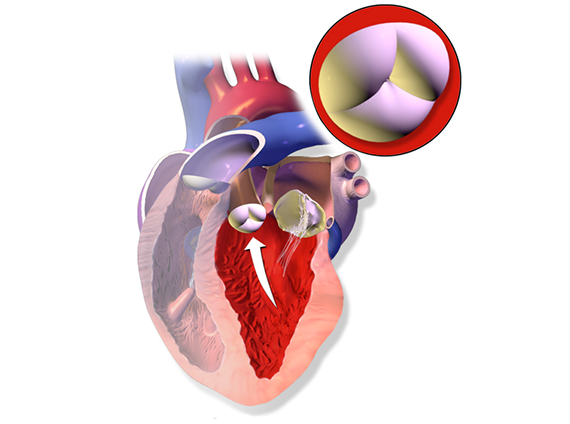
Aortic valve stenosis or narrowing of the aortic valve that allows blood to leave the main pumping chamber of the heart can cause restriction of flow of blood leaving the heart and result in fatigue, shortness of breath, chest pain or even passing out or stroke. Historically, aortic stenosis has been mainly treated using an open heart valve surgery or aortic valve replacement (surgical AVR). Advances in the last several years have led to delivering and replacing new valves via catheters or thin tubes, without need for surgery, a procedure called transcatheter AVR or TAVR. In patients with high risk for surgery such as old age or poor lung function, TAVR has been shown to be equally effective and safe compared to a major open heart surgery.
A new study, reported in the New England Journal of Medicine and released at the American College of Cardiology conference this weekend in Chicago, shows that this less invasive technique can further help patients who have severe aortic stenosis but at intermediate risk (based on several well-established criteria) compared to surgery. The study was a well-conducted randomized trial and the outcomes in the surgical and TAVR using the Edwards Sapein XT balloon expandable valve were similar in the two groups.
The study, titled “Transcatheter or Surgical Aortic-Valve Replacement in Intermediate-Risk Patients,” seems to confirm that TAVR is the treatment of choice in most patients with aortic stenosis who are at high risk for early death and major complications from conventional surgery. There are several companies, such as Medtronic and Boston Scientific, that have similar aortic valves that can be delivered via catheters. We can hope to see similar success in low-risk patients, as well, in the future.
You can use the CardioVisual app to help patients understand aortic stenosis as well as treatment options such as surgery or TAVR, including the Edwards Sapien valve, using the free app’s short, easy-to-understand videos.